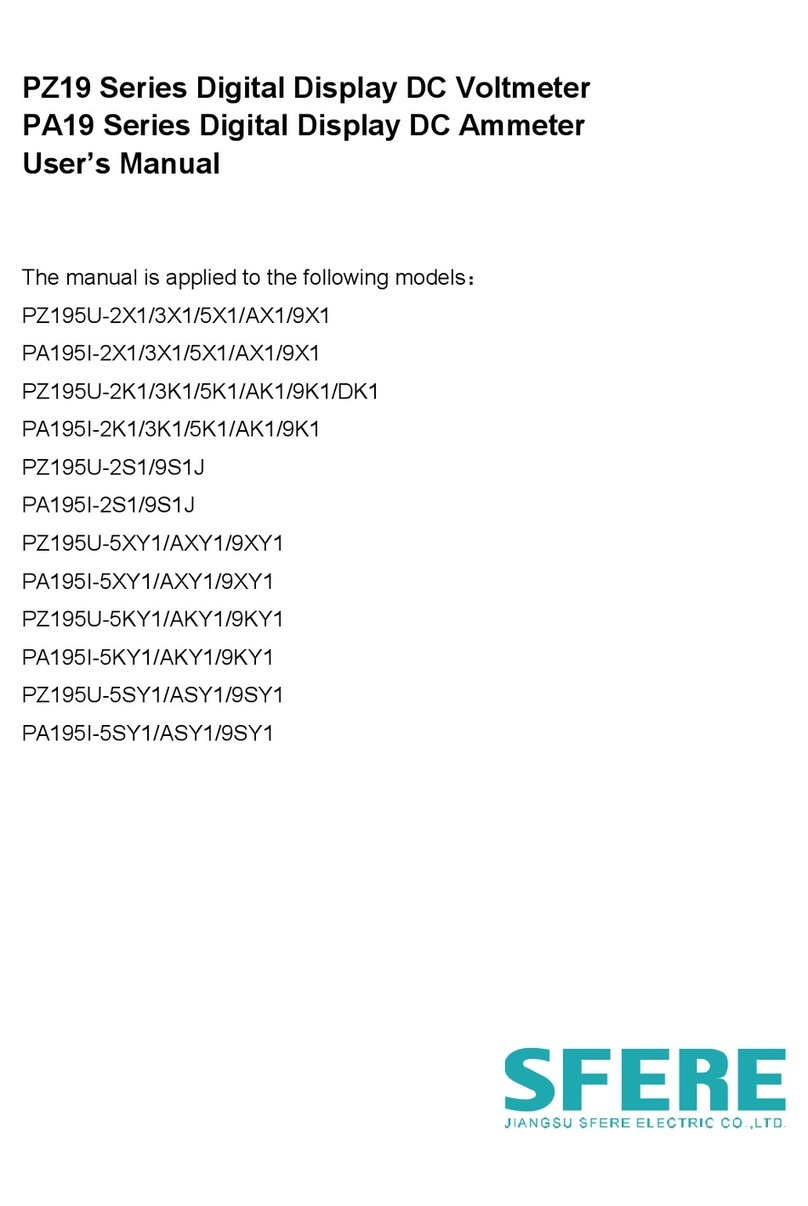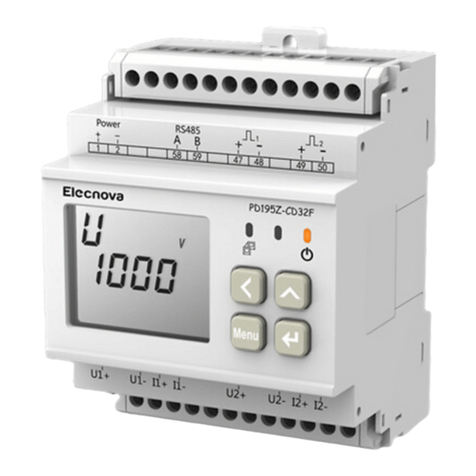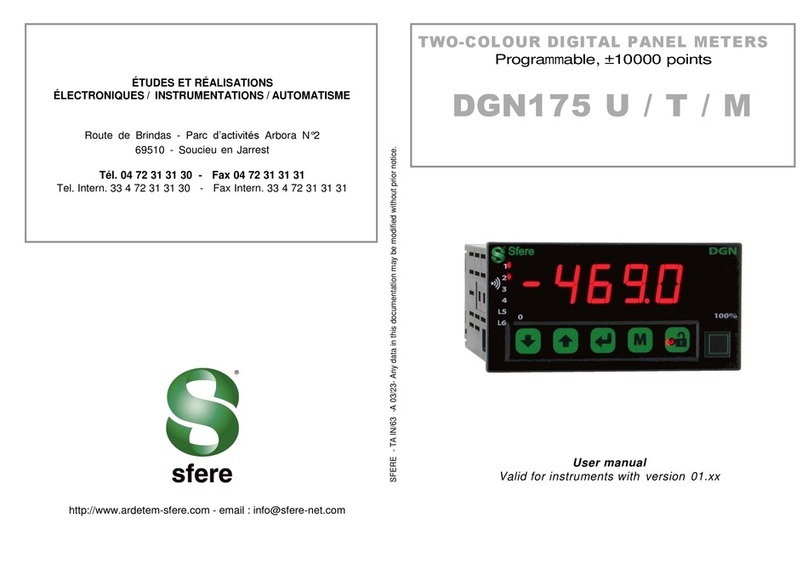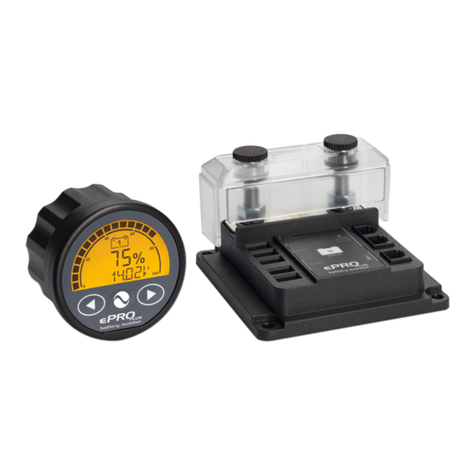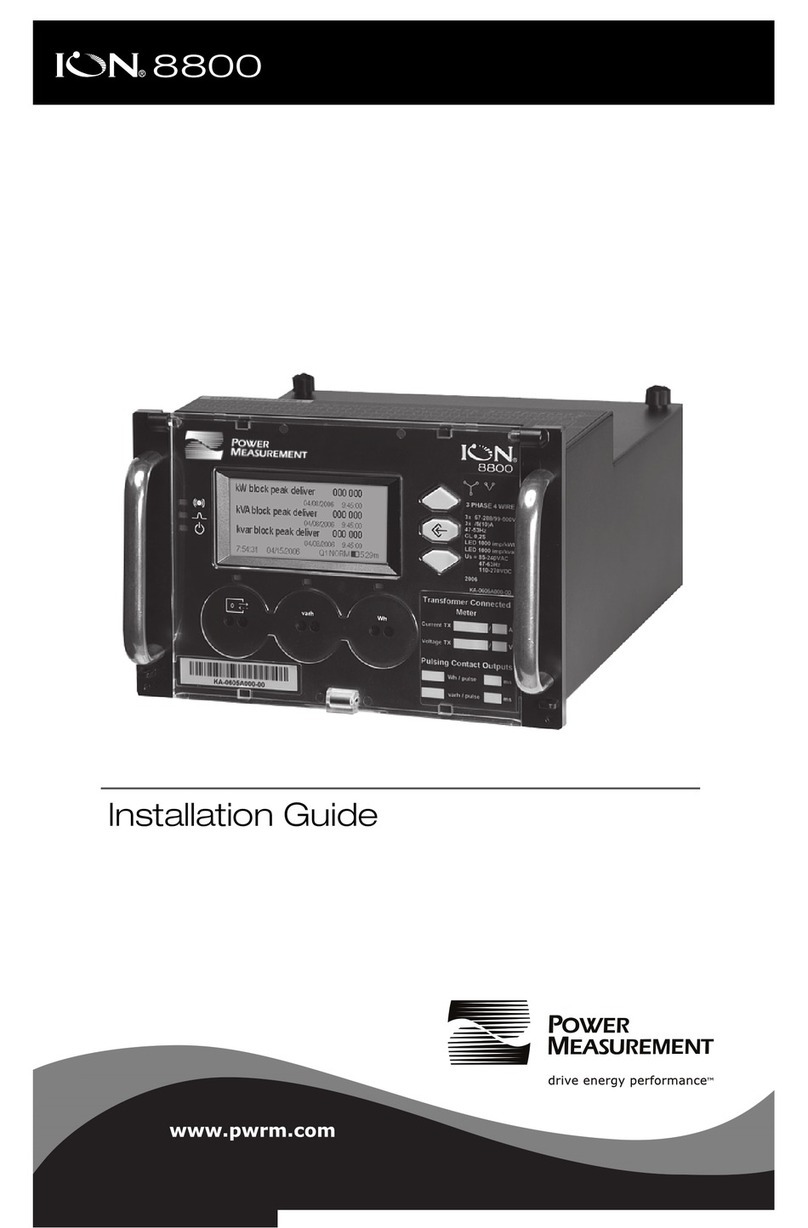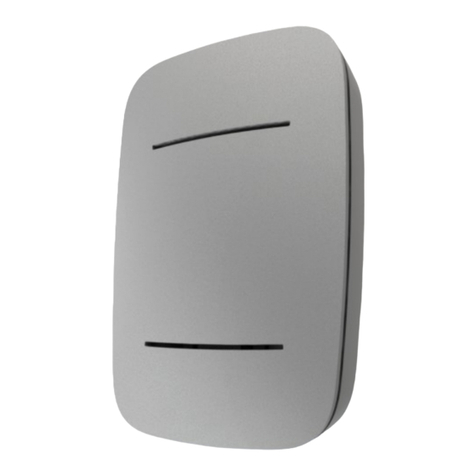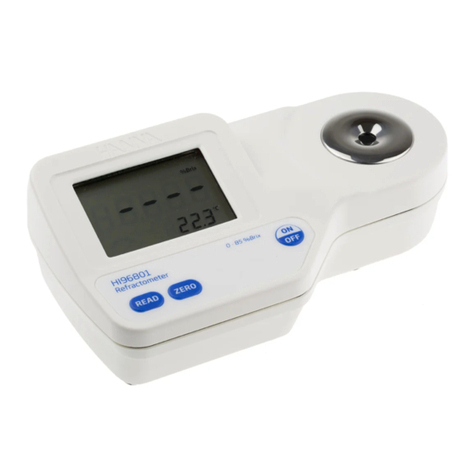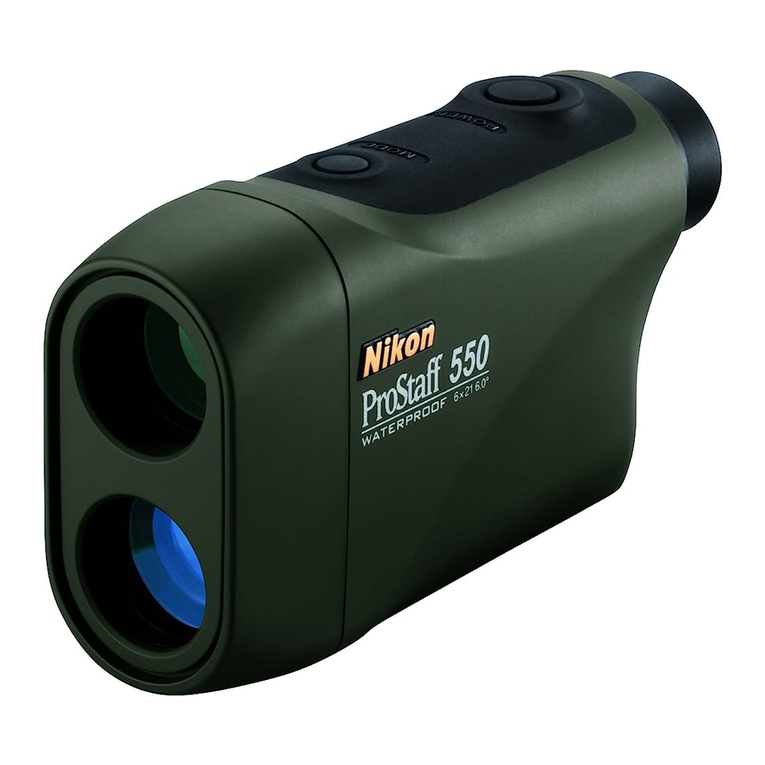Sfere LNF96ZY User manual

Multi-function Power Meter
User Manual
This Manual is applicable to the products with following
models:
LNF96ZY

Thank you for selecting multi-function power meter of Jiangsu Sfere Electric
Co., Ltd. To make you use this device safely, correctly and efficiently, please
read this manual carefully and pay attention to the following points during the
using.
CAUTION:
The device must be installed and overhauled by professional personnel;
Prior to internal or external operation of this device, the input signal and
power source must be isolated;
Please always use the appropriate voltage detection device to determine
whether there is voltage on each part of instrument;
Electrical parameters provided to this device shall be within the rated
allowable scope.
The following conditions may cause damage to the device or
malfunction of the device:
Auxiliary power supply voltage is out of the range;
Power distribution system frequency is out of limit;
Current or voltage input polarity is not correct;
Plug or unplug the live communication plug;
Not comply with the requirements to connect the terminal wires.
Please don’t touch the terminals
when the meter is in operation!
The latest version of this Manual can be downloaded from homepage of the
Company; meanwhile, the homepage also has some corresponding testing
software, which can be downloaded. If you need electronic version, please ask
the Technical Service Department of the Company for it.

Contents
I. Brief Introduction to Product ............................................................................1
1.1 Quoted Standards ...........................................................................................1
1.2 Product Overview............................................................................................1
II. Technical Parameters .......................................................................................2
III. Installation and Wiring....................................................................................3
3.1 Instrument Dimensions...................................................................................3
3.2 Installation Mode ............................................................................................4
3.3 Functions Description of Wiring Terminal.......................................................5
3.4 Connection of Input Signal Line ......................................................................6
IV. Menu Display and Programming .....................................................................7
4.1 Panel Description and Using............................................................................7
4.2 Menu Introduction and Operation..................................................................8
4.2.1 Display of Electric Quantity......................................................................8
4.2.2 Display of Electric Energy .......................................................................12
4.2.3 THD Display ............................................................................................13
4.2.4 Setting of Menu Structure......................................................................16
4.3 Operation Method of Programming..............................................................20
4.3.1 System Setting ....................................................................................21
4.3.2 Signal Input Setting ................................................................................22
4.3.3 Communication Settings ........................................................................23
4.3.4 Relay Output Setting ..............................................................................24
4.3.5 Analog Output Settings ..........................................................................25
V. Functional Module.........................................................................................26
5.1 Communication.............................................................................................26
5.1.1 Physical Layer .........................................................................................26
5.1.2 Communication Protocol MODBUS-RTU................................................26
5.1.3 Message Format Instructions.................................................................27
5.2 Pulse Output of Electric Energy.....................................................................31
5.3 Digital Input...................................................................................................32
5.4 Relay Output..................................................................................................32
5.5 Analog Output...............................................................................................33
VI. Common Problems and Solutions .................................................................35
6.1 Communication.............................................................................................35
6.2 Inaccuracy of Current UIP Measurement ......................................................35
6.3 Inaccuracy of Electric Quantity Cyclometer ..................................................36
6.4 Instrument Failure.........................................................................................36
6.5 Instrument Not Responding to Any Operation..............................................36
6.6 Other Abnormal Situations ...........................................................................36
Attachment 1 Table of MODBUS-RTU Communication Address Information......37
Address of 0x03/0x04 Command Data Register:..................................................37
Harmonic data.....................................................................................................39

1
I. Brief Introduction to Product
1.1 Quoted Standards
Quoted national standards
GB/T 17215.322-2008
Static meters for active energy (classes 0.2S and 0.5S)
GB/T 17215.323-2008
Static meters for reactive energy (classes 2 and 3)
GB/T 17626-2006
Electromagnetic compatibility-Testing and measurement
techniques
Corresponding international standards
IEC 62053-22:2003
Electricity metering equipment (a.c.) - Particular
requirements - Part 22: Static meters for active energy
(classes 0,2 S and 0,5 S)
IEC 62053-23:2003
Electricity metering equipment (a.c.) Particular
requirements Part 23: Static meters for reactive energy
(classes 2 and 3)
IEC 61010-1:2001
Safety requirements for electrical equipment for
measurement, control, and laboratory use - Part 1:
General requirements
IEC 61000-2-11
Electromagnetic compatibility (EMC) - Part 2-11
IEC 60068-2-30
Environmental testing - Part 2-30
1.2 Product Overview
The LNF96ZY multi-functional power instrument can be used to measure various
frequently used power parameters and two-way electric energy, and has functions
such as digital communication, switching value input, relay output, electric energy
pulse output and analog output. As a kind of advanced, intelligent and digitalized
front-end collection element, this instrument can be applied into various control
systems, energy management system, substation automation, power distribution
network substation and switch cabinet, with characteristics such as convenient
installation, simple wiring, convenient maintenance and small work quantity; in
addition, parameters can be programmed and input on the site.

2
II. Technical Parameters
Table 2-1 Technical Parameters
Parameters
Accuracy
U, I: Class 0.5; P, Q, PF: Class 0.5; active energy: 0.5S; reactive
energy: Class 2; analog output: Class 0.5
Display Mode
Three-row LCD display
Sig
nal
Inp
ut
Measurement network
Three-phase four-wire, three-phase three-wire, single phase
Volt
age
Rated value
AC100V, AC380V
Overload
Continuous: 1.2 Un; Instantaneous: 2 Un/10s
Power
consumption
<0.1VA (each phase)
Impedance
>1MΩ
Cur
ren
t
Rated value
AC1A, AC5A
Overload
Continuous: 1.2 In; Instantaneous: 10 In/5s
Power
consumption
<0.1VA (each phase)
Impedance
<20mΩ
Frequency
45-65Hz, Accuracy: ±0.01Hz
Harmonic wave
Total harmonic distortion of voltage and current, 2nd-31st
harmonic ratio
Electric energy
Metering of two-way active and reactive energy
Po
we
r
Sou
rce
Working scope
AC, DC:80V~270V
Power consumption
<5VA
Fun
ctio
nal
Mo
dul
e
Electric energy pulse
output
Optical coupler output of electric energy pulse
Communication
interface
1 circuit of RS-485 communication, MODBUS-RTU protocol,
and communication rate: 2400~9600
Digital input
2 circuits of digital input, dry contact node mode
Relay output
2 circuits of relay output, AC250V/5A, DC30V/5A
Analog output
1 circuit of analog output, 0/4~20mA or 0~5/10V
Working environment
-20~60℃,Relative humidity ≤93%, non-corrosion gas site,
altitude ≤2,500m
Storage environment
-25~75℃, Relative humidity ≤93%
Safety
Insulation
Resistances of signal, power source and output terminal to
case >100MΩ
Withstand
voltage
Power source and input/output >2kV, input and output >1kV

3
III. Installation and Wiring
3.1 Instrument Dimensions
Figure 3.1 Diagram of Instrument Dimensions
Table 3-1 Table of Instrument Dimensions (mm)
Panel
Dimension
l×h
Installation
Dimension
a×b
Hole Size
s×y
Minimum Installation
Distance
Total Length
Horizontal
Vertical
n
m
96×96
90×90
91×91
96
96
75
96

4
3.2 Installation Mode
Figure 3-2 Front View Figure 3-3 Rear View
1) Drill a hole of s×y (mm) on the fixed power distribution cabinet;
2) Take out the instrument, loosen the screw, and take down the fixing support;
3) The instrument is embedded into the installation hole from front face;
4) Insert the fixing support of instrument, screw down the screw or push on the
support to fix the instrument.

5
3.3 Functions Description of Wiring Terminal
Functional wiring terminals of the instrument adopt uniform No., and its function is
shown as below:
Power supply
1,2
AC/DC80-270V
Current signal
4,5,6,7,8,9
Three-phase current input
Voltage signal
11,12,13,14
Three-phase voltage input
Relay output
15—18
2 circuits of relay output
Analog output
30—31
1 circuit of analog output
Electric energy
pulse output
47,48,49,50
Active and reactive energy pulse
output
RS485
communication
58,59,60
A, B and G respectively
Digital input
70—72
2 circuits of digital inputs; 70
refers to the public end
Typical Wiring Terminal Diagram:
DIC
1DI 2DI
70
71 72
Digital input Relay output
15 16 17 18
1DO 2DO
~ ~
A
B
C
N
*
*
*
Voltage input
11 14
U
12 13
A UB UC UN
49
5678
I
A I
A I
B I
B I
C I
C
* * *
Current input
Communication
58
A
B
S
59
60
PC
Energy pulse
50 47
49 48
RP AP
+
-
+
-
RS232
RS485
Auxiliary power
2
N
L
1
N L
Analogoutput
+
-
AO
31
30

6
3.4 Connection of Input Signal Line
UA
A
B
C
*
*
11 13 1449
58
I
A I
A I
C I
C
* *
6712
I
B I
B
*
*
N
U
B UC UN
A
B
C
49
58
I
A I
A I
C I
C
* *
67
I
B I
B
*
11 14
U
12 13
A UB UC UN
N
*
*
*
U
A U
C U
B
A
B
C
11 13 14
12
A
B
C
U
A UC U
B
11 13 14
12
*
*
49
58
IA I
A I
C I
C
* *
67
*
*
49
58
I
A IA IC IC
* *
67
Threephase fourwire,
3CT, noPT Threephase fourwire,
3CT, 3PT
Threephase threewire,
2CT, noPT Threephase threewire,
2CT, 2PT
Description of Wiring:
1) The input voltage shall not be higher than the rated input voltage (100V or
380V) of product; otherwise, it is necessary to consider using PT, and to
facilitate maintenance, it is suggested that the connector bar should be
adopted.
2) The standard rated input current is 5A or 1A; the external CT should be
adopted in case of being greater than 5A. In case that the CT is connected with
other instruments, the wiring shall be of series connection. Prior to removing
current input connection wire of product, the CT primary circuit or short-circuit
secondary circuit must be disconnected firstly, and the connector bar should
be adopted to facilitate maintenance.
3) It is required to make sure that the input voltage shall be corresponding to
current, the phase sequence shall be consistent, and the direction shall be
consistent; otherwise, there will be error about value and symbol of power
and electric energy.
4) The instrument can work in a three-phase three-wire way or three-phase
four-wire way. The user shall select corresponding wiring mode according to
the using situation on the site. It should be noted that the on-site wiring mode

7
must be consistent with wiring mode set in the instrument; otherwise, the
measurement data of instrument will be incorrect.
IV. Menu Display and Programming
4.1 Panel Description and Using
1-Meter model:
2-Display intaface to display related measurement and programming
information;
3-Communication indicator;
4-Keys to display switching or programming settings.

8
4.2 Menu Introduction and Operation
The measurement display of meter includes electric quantity and electric energy,
and pressing “ ” or “ ” key can display measurement data in a circulating way,
pressing “Menu” key can realize rapid display switching between electric quantity
and electric energy.
4.2.1 Display of Electric Quantity
The display interface of electric quantity displays voltage, current, active/reactive
power, power factor, frequency, switching value status, etc., and the description of
display interface is shown as below:
Table 4-1 Display Interface of Electric Quantity
Display Interface of Electric
Quantity
Description
Three-phase voltage. The left figure
represents that Ua=220.6V, Ub=220.7V,Uc=
220.8V.
Three-phase line voltage. The left figure
represents that Uab=380.0V, Ubc=380.1V,
Uca=380.3V.
Frequency. The left figure represents that F=
50Hz.

9
Three-phase current. The left figure
represents that the three-phase current Ia=
5.011A, Ib=5.012A, Ic=5.013A.
Three-phase active power. The left figure
represents that the three-phase active power
Pa=5701W, Pb=5702W, Pc=5703W.
Three-phase reactive power. The left figure
represents that the three-phase reactive
power Qa=680.5var, Qb=680.6var, Qc=
680.7var.
Three-phase apparent power. The left figure
represents that the three-phase apparent
power Sa =7817VA, Sb =7818VA, Sc =
7819VA.

10
Total active power. The left figure represents
that the total active power P=5700W.
Total reactive power. The left figure represents
that the total reactive power Q=2200var.
Total apparent power. The left figure
represents that the total apparent power S=
6700VA.
Three-phase power factor. The left figure
represents that the three-phase power factor
PFa=0.932, PFb=0.931. PFc=0.930.

11
Total power factor. The left figure represents
that the total power factor PF=0.980.
Neutral current: calculated neutral current
Digital input. 12 in the left figure respectively
corresponds to 2 circuits of switching value
input, and when there is signal input, the
corresponding digit will flicker.
Relay output. The left figure 12 respectively
corresponds to 2 circuits of relay output, and
in case of reaction of any relay, the
corresponding digit will flicker.

12
4.2.2 Display of Electric Energy
The display interface of electric energy respectively displays positive/negative active
electric energy, sensitive/capacitive reactive electric energy, and the description of
display interface is shown as below:
Table 4-2 Display Interface of Electric Energy
Display Interface of Electric
Energy
Description
Total active electric energy. The left figure
represents that the total positive active
electric energy EP=38866.77kWh.
Total negative active electric energy. The left
figure represents that the total negative
active electric energy EP-=162003kWh.
Total positive reactive electric energy. The
left figure represents that the total positive
reactive electric energy EQ =
300201.05kvarh.

13
Total negative reactive electric energy. The
left figure represents that the total negative
reactive electric energy EQ- =
150020.05kvarh.
4.2.3 THD Display
When "P.THD" is displayed in main menu, the harmonic wave display interface will
enter.
The harmonic wave display interface to display the total harmonic distortion of each
phase voltage and current, respectively. The sub-harmonic components can be read
through communication, and the display interface is described as follows:
Table 4-4 Harmonic wave display interface
Harmonic Wave Display
Interface
Description
Displays the total harmonic distortion (THD) of
voltage; in the left figure, the total harmonic
distortion of Ua = 4.16%.
Press the Confirm key to display the sub-harmonic
ratio.
Displays the total harmonic distortion (THD) of
voltage; in the left figure, the total harmonic
distortion of Ub = 4.20%.
Press the Confirm key to display the sub-harmonic
ratio.

14
Displays the total harmonic distortion (THD) of
voltage; in the left figure, the total harmonic
distortion of Uc = 4.03%.
Press the Confirm key to display the sub-harmonic
ratio.
Displays the total harmonic distortion (THD) of
current; in the left figure, the total harmonic
distortion of Ia =3.01%
Press the Confirm key to display the sub-harmonic
ratio.
Displays the total harmonic distortion (THD) of
current; in the left figure, the total harmonic
distortion of Ib =3.12%
Press the Confirm key to display the sub-harmonic
ratio.
Displays the total harmonic distortion (THD) of
current; in the left figure, the total harmonic
distortion of Ic =3.04%
Press the Confirm key to display the sub-harmonic
ratio.

15
Display total harmonic distortion (HTD) of voltage
for three-phase three-wire; in the left figure, the
total harmonic distortion of Uab = 4.16%.
Press the Confirm key to display the sub-harmonic
ratio.
Display total harmonic distortion (HTD) of voltage
for three-phase three-wire; in the left figure, the
total harmonic distortion of Ubc = 4.03%.
Press the Confirm key to display the sub-harmonic
ratio.

16
4.2.4 Setting of Menu Structure
The programming set menu adopts hierarchical structure management mode: the
first row LCD displays the information of the first level of menu, the second row LCD
displays the information of the second level of menu, and the third row LCD displays
the information of the third level of menu; the schematic diagram of programming
set menu structure is as shown in the Figure below.
System
setting
Programming password
Cycle display
Brightness degree
Alarm threshold value
Clear energy
Display item
Table of contents
Other Sfere Measuring Instrument manuals
Popular Measuring Instrument manuals by other brands
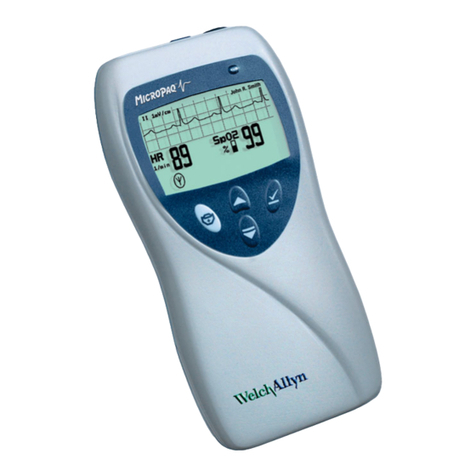
Welch Allyn
Welch Allyn Micropaq 402 Service manual
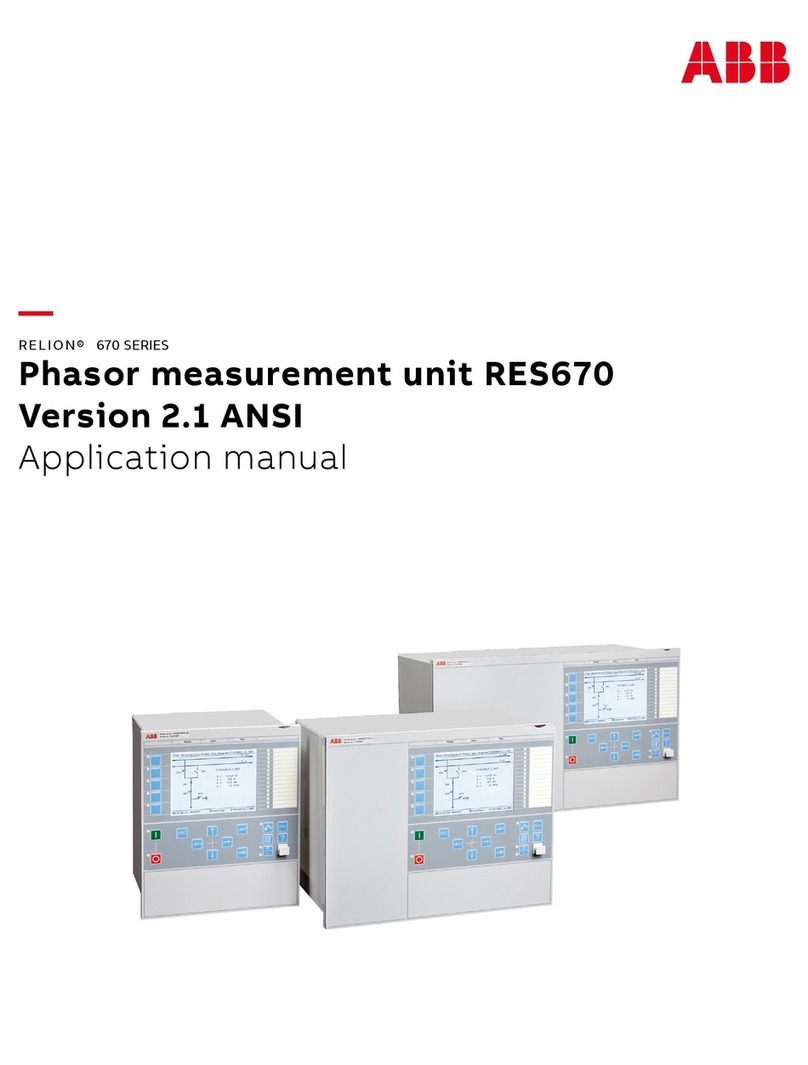
ABB
ABB Relion 670 series Applications manual

Endress+Hauser
Endress+Hauser Proline Promass O 300 technical information
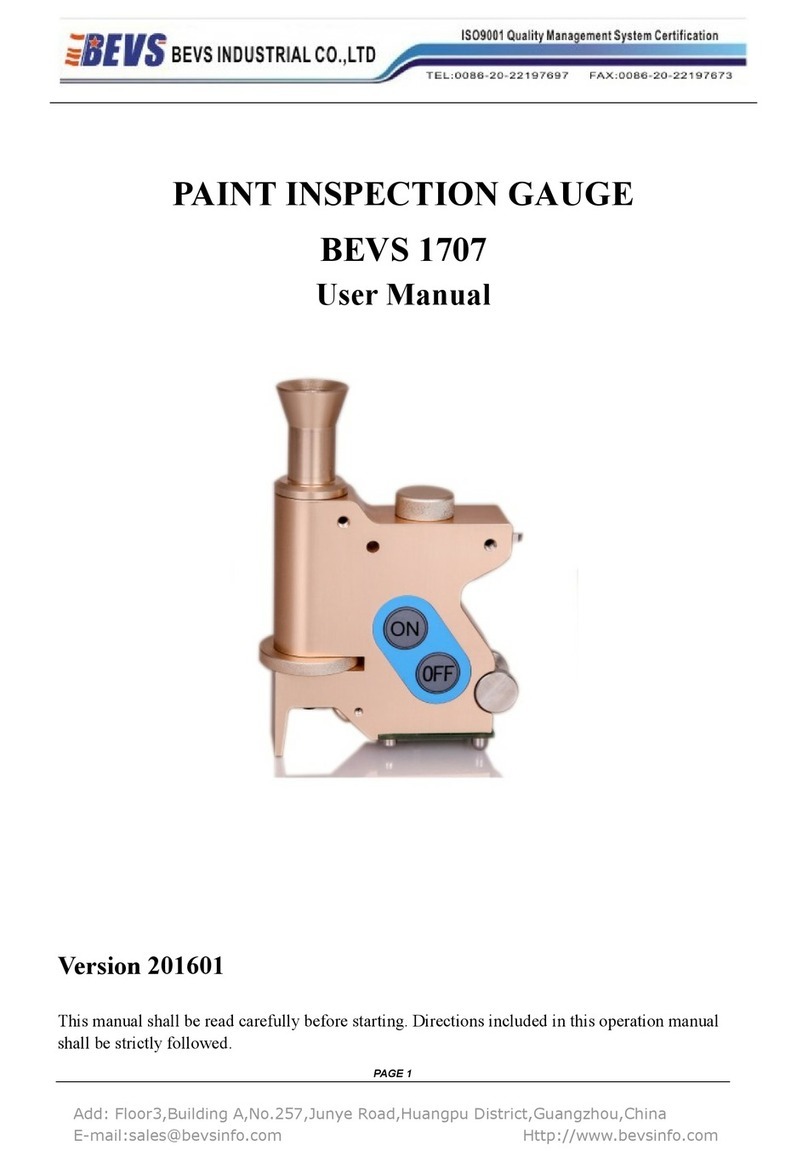
BEVS
BEVS 1707 user manual

Westover
Westover RHB-18 Operation manual
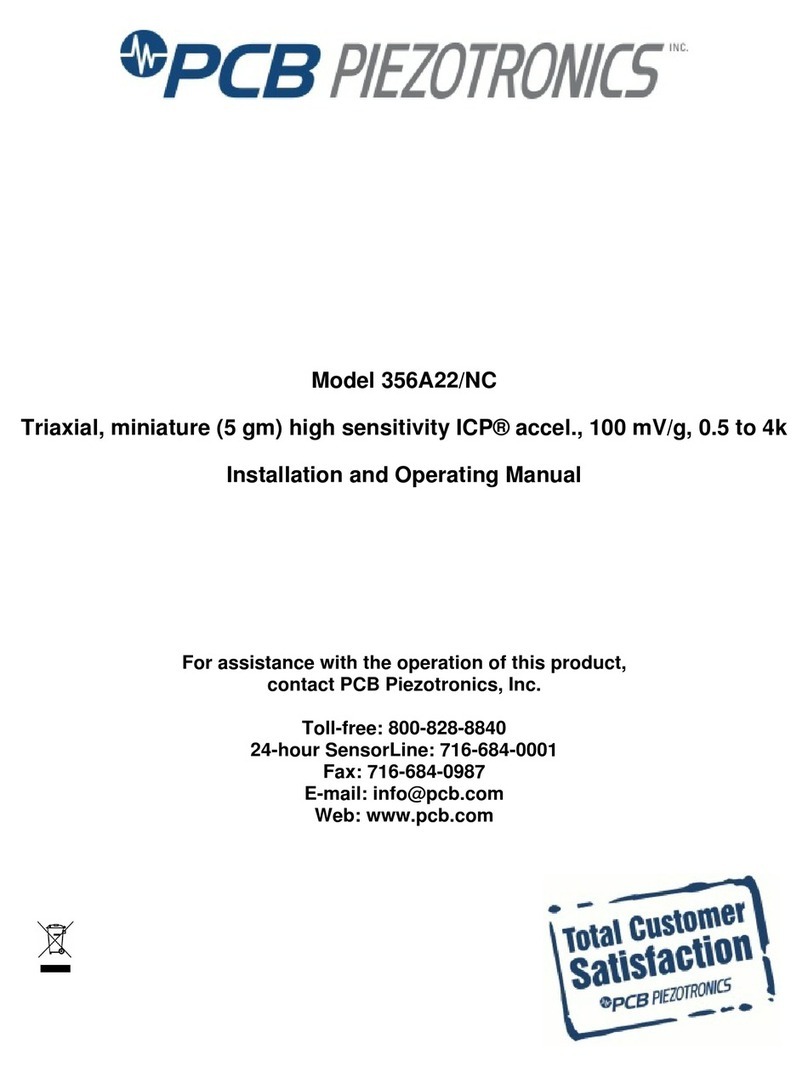
PCB Piezotronics
PCB Piezotronics 356A22/NC Installation and operating manual
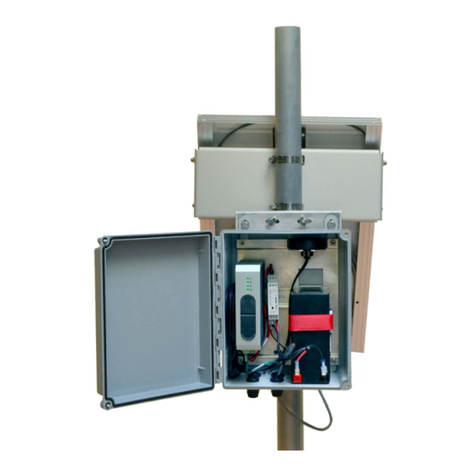
FTS
FTS LT1 Installation and quick start guide
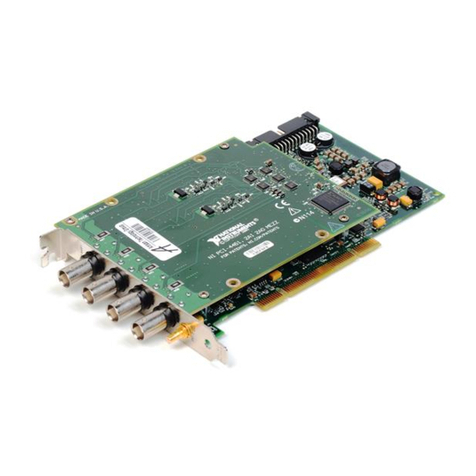
National Instruments
National Instruments 446 Series CALIBRATION PROCEDURE

Cewe
Cewe DPM96 Series operating manual
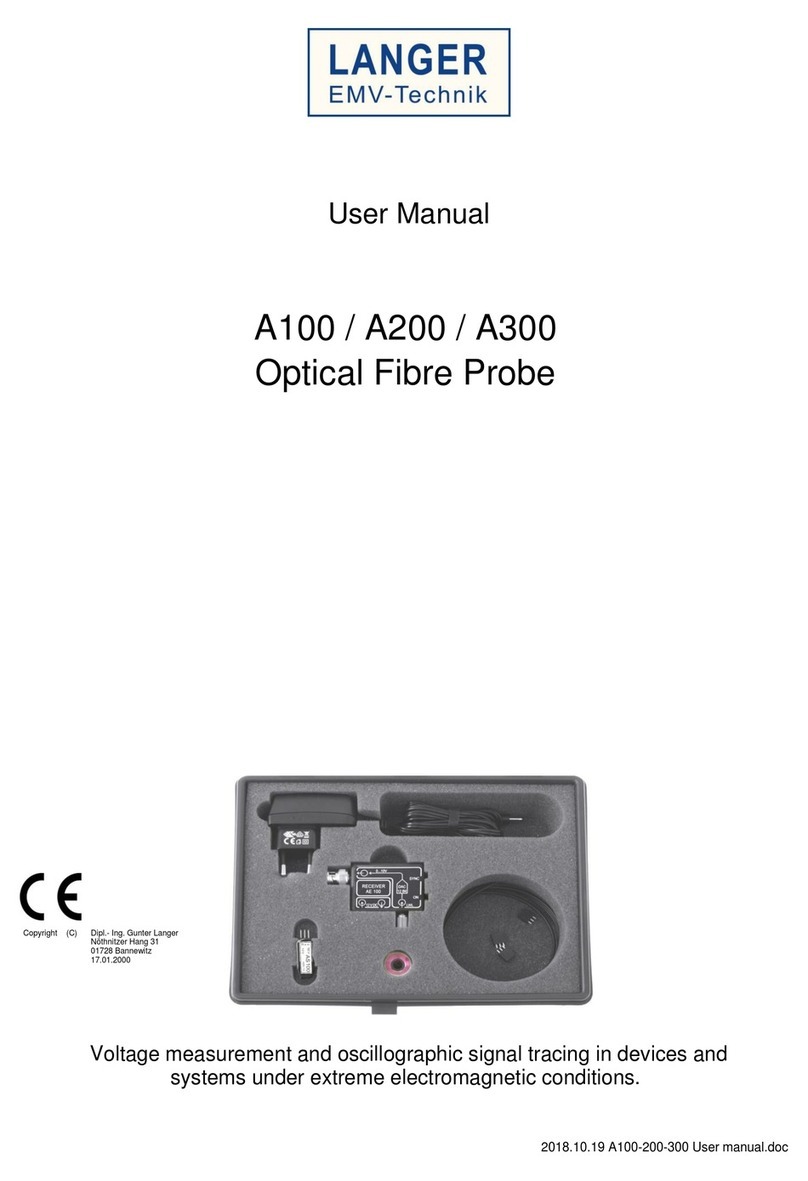
LANGER EMV-Technik
LANGER EMV-Technik A100 user manual
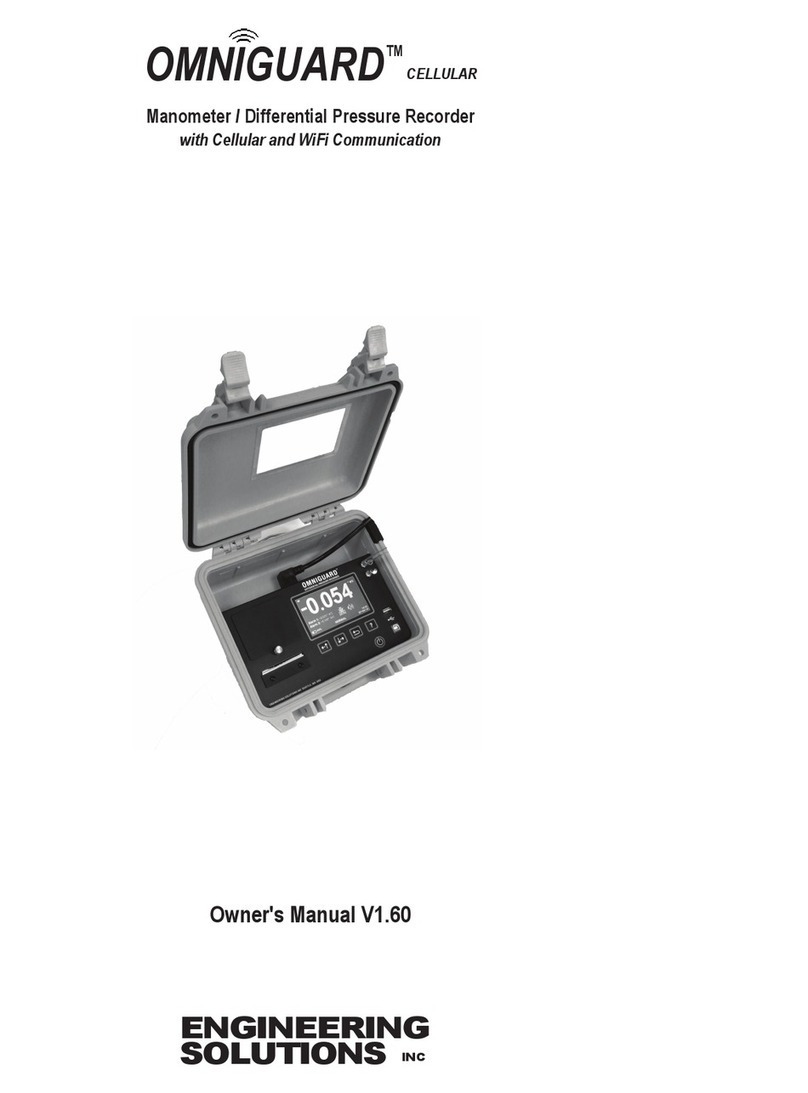
Engineering Solutions
Engineering Solutions OMNIGUARD 5 owner's manual
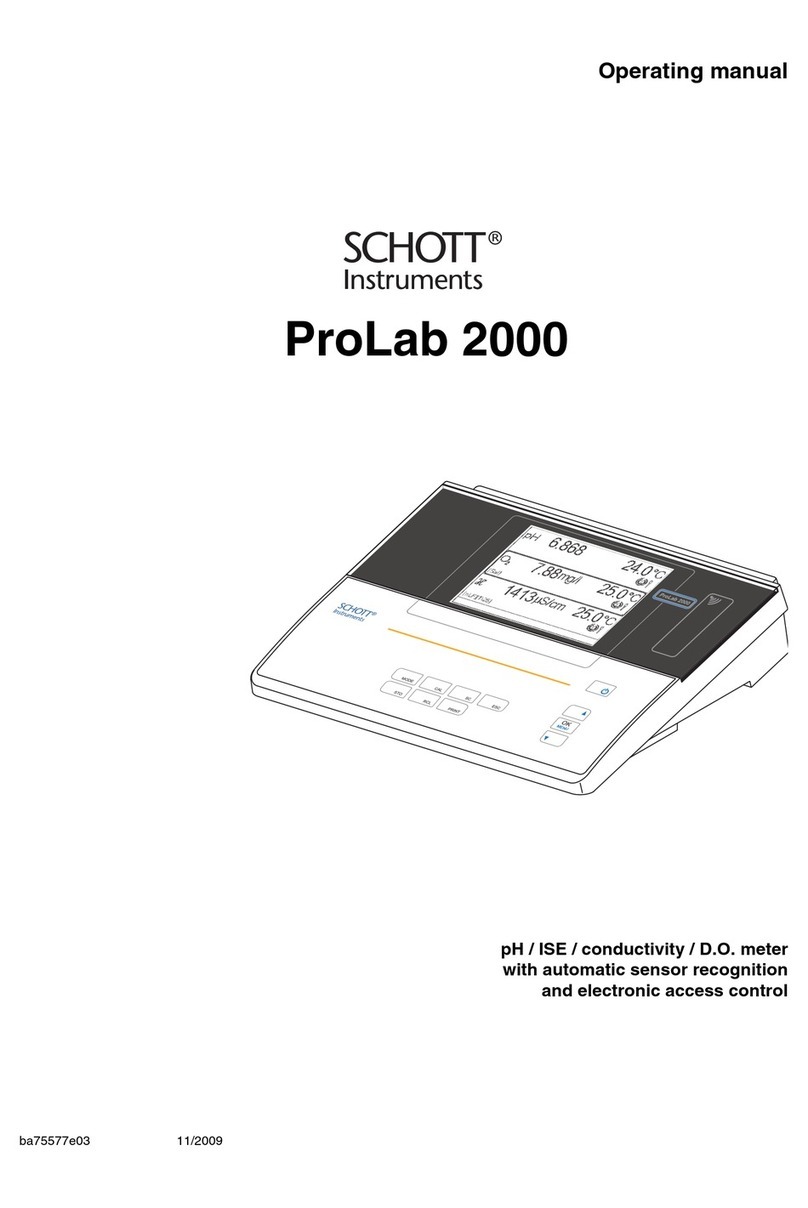
SCHOTT Instruments
SCHOTT Instruments ProLab 2000 operating manual

